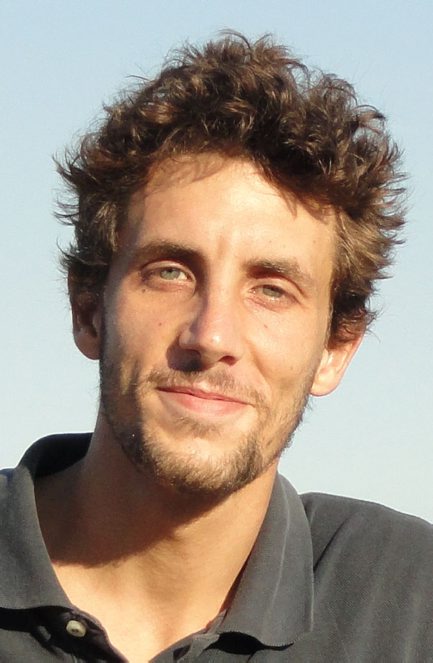 Après une ERC starting, Antoine récidive pour continuer à décrypter les incroyables capacités de navigation des fourmis !
Après une ERC starting, Antoine récidive pour continuer à décrypter les incroyables capacités de navigation des fourmis !

![]() About the project
About the project
Ant navigation: understanding the resilience and self-developing nature of mini-brains in interaction with their environment.
Organisms differ from machines in their resilience: their capacity to spontaneously recover from defects. This is because organisms, contrary to machines, are self-developing systems that change over time, like ‘a melody that sings itself’. The plastic mechanisms that enable animal and human self-development and resilience is barely known, but understanding them would profoundly impact how we apprehend brains, behaviours and their evolution. RESILI-ANT will tackle this question using the stunning ability of solitary foraging ants to visually navigate in complex environments. Ant navigational behaviours develop through stages with strong learning components, and can recover from sensory-motor alterations that would disable any machine. The advantage is that the full ontogeny of these behaviours unfolds in a couple of days, can be easily manipulated, and involves a brain numerically much simpler
and better-known than any vertebrate. We will combine an ecological approach, complexity science and modelling with state-of-theart technologies to dissect the mechanisms underlying these behavioural developmental processes. We will track ant ontogeny under different scenarios; perform straightforward manipulations to disclose the underlying rules; and use virtual reality to probe their ability to compensate for severe sensory-motor defects. In parallel, we will explore how these processes are implemented – in the light of our ever-increasing knowledge of insect circuits – by augmenting our current neural models with network plasticity and recurrent connections between brain areas. The evolutionary causes and consequences of such plastic neural topologies will be investigated using neuro-evolution algorithms selecting for self-developing agents that forage in reconstructed environments. The dialogue between simulations and observation will move us towards a concrete understanding of the self-developing nature, and their fundamental and societal impact.
